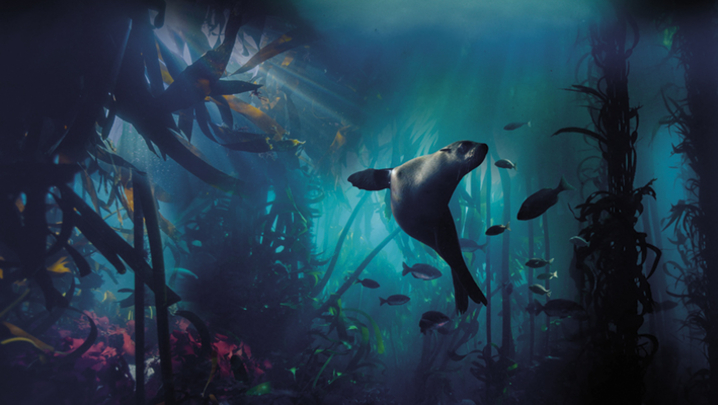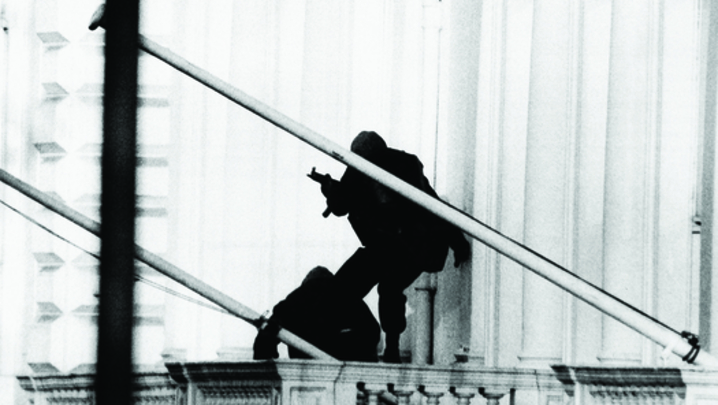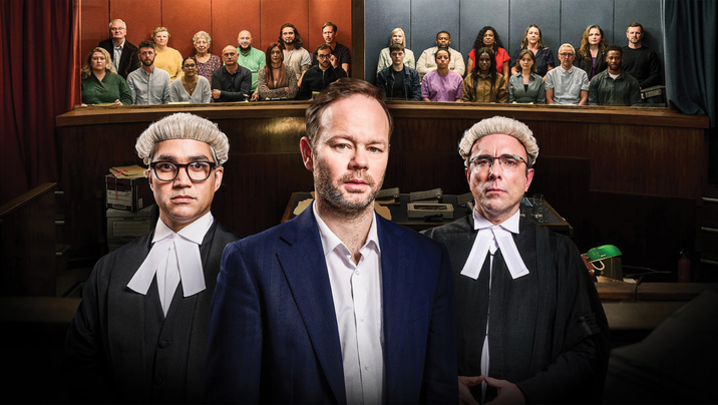A London Centre event in early November celebrated the 80th birthday of the BBC Television Service with a presentation by Norman Green featuring some of the Corporation’s earliest broadcasts
The BBC officially launched the service from Alexandra Palace on 2 November 1936, although, as Green revealed, it had first broadcast from its new base – to the annual radio show in London, RadiOlympia – at the end of August.
One of the programmes broadcast was Television Comes to London, a behind-the-scenes look at how Alexandra Palace – “a playground of North East London [and] relic of Victorian England,” according to the film – was rebuilt and fitted out as a broadcasting centre.
At the London Centre event Green showed the film, which also included music specially composed for the occasion, sung by the well-known radio and musical theatre star Adele Dixon. It included the lines: “There’s joy in store, the world is at your door – it’s here for everyone to view. Conjured up in sound and sight by the magic rays of light that bring television to you.”
Green, the first head of technology at ITV Network who also founded the RTS London Centre, showed the audience a clip from the magazine show, Picture Page.
This featured a bewildering array of performers and characters – or “visitors, types and personalities” as the show’s announcer referred to them – including folk dancers, pearly kings and queens and Chelsea pensioners.
Picture Page ran until 1952 – with a break for World War II when the BBC suspended its television service – but studio-based magazine and variety shows were not the public’s favourites, said Green.
“An audience appreciation [survey] in the 1930s [showed that] the most popular programming was outside broadcasts,” he explained
Initially, the BBC was only able to televise within about 500 feet of the studio control room. “So, what the BBC did was to take the cameras out into the grounds of Alexandra Palace,” said Green. Early programmes featured gardening, horse racing and a programme on farmers who brought their animals with them – all filmed at Ally Pally.
The BBC rapidly increased its broadcasting capacity with EMI, building an outside broadcast unit, which consisted of three vehicles, a mobile control room, a transmitter van and a generator vehicle, to cover the coronation of George VI in May 1937. Using Emitron cameras and sending the shots back to Alexandra Palace via eight miles of cable, the Corporation successfully covered the event – its first major outside broadcast – as the film shown at the RTS London event, Televising the Coronation Procession, demonstrated.
Armed with the new Super Emitron cameras, which had a more sensitive camera tube and gave better picture quality, the BBC went out and about filming. “It was ten times more sensitive than the original Emitron and it gave the BBC the ability to televise things in all weathers,” said Green.
The camera was used for the first time in November 1937 to film the Lord Mayor’s Show and sporting events such as Wimbledon, the Derby, boxing from Earls Court and motor racing from Crystal Palace followed.
Famously, the BBC covered Prime Minister Neville Chamberlain’s return to Heston Aerodrome from meeting Hitler at the Munich Conference in September 1938 when he claimed to have delivered “peace for our time”. Green said that this was, arguably, “the first example of electronic news gathering”.
Green concluded: “Then came World War Two and [all the equipment] was packed up.”
The London Centre event, “The dawn of broadcast TV”, was held at ITV London Studios on 9 November. Norman Green, who produced the event, would like to thank Sarah Hayes, Director of BBC Archives and Simon Rooks and Sean Whyton from BBC Archives for their help in sourcing the archive material.







